
Kia Sportage Check Engine Light: Complete Diagnosis and Fix Guide
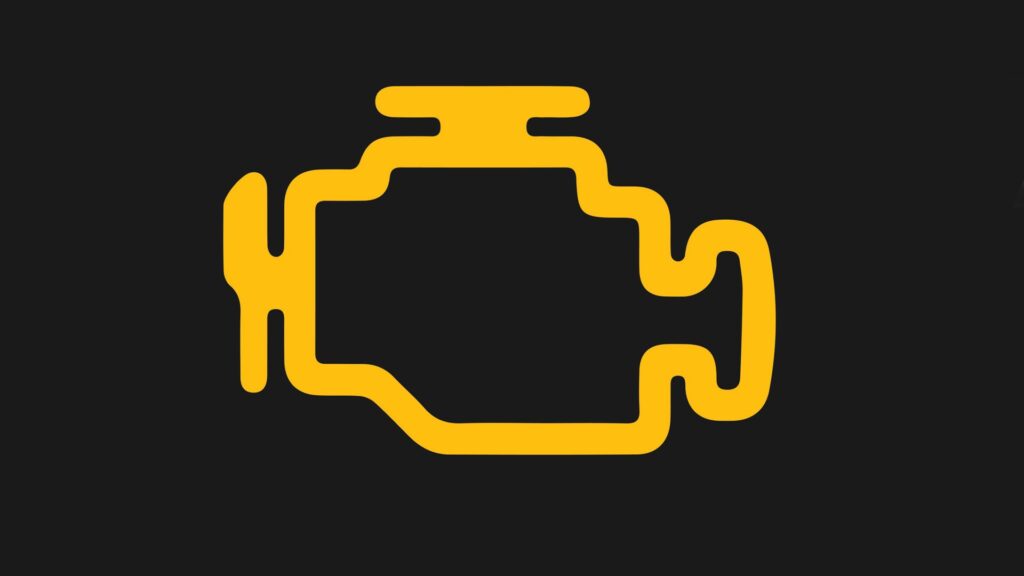
- Understanding the Check Engine Light on Your Kia Sportage
- Common Reasons Why the Check Engine Light Turns On
- Check Engine Light Behavior and What It Means
- How to Diagnose the Check Engine Light
- Common Kia Sportage Check Engine Scenarios by Model Year
- Tips to Prevent the Check Engine Light from Returning
- When to Seek Professional Help
- Conclusion
Understanding the Check Engine Light on Your Kia Sportage
The Check Engine Light (CEL) in your Kia Sportage is an essential warning indicator tied directly to the vehicle’s electronic control unit (ECU). It alerts drivers whenever the ECU detects irregularities within the engine, exhaust, fuel, or electrical systems. Modern Sportage models—from 2002 to the latest generation—rely heavily on sensors and electronic modules that continuously monitor performance parameters.
When the ECU identifies abnormal readings, it triggers the Check Engine Light, which may either stay solid or flash, depending on the severity of the fault.
Common Reasons Why the Check Engine Light Turns On
1. Ignition Misfires or Cylinder Issues
A rough idle or unstable engine performance often points to ignition misfires. Faulty spark plugs, worn ignition coils, or clogged injectors can all cause inconsistent combustion, leading to increased emissions and loss of power.
2. Oxygen (O₂) Sensor Malfunction
The oxygen sensor—commonly known as the lambda sensor—monitors oxygen levels in the exhaust. A failed sensor can disrupt the air-fuel ratio, reduce fuel efficiency, and even damage the catalytic converter. If acceleration feels sluggish or fuel consumption increases, this sensor may be the culprit.
3. Fuel System or Air Intake Problems
Restricted air filters, failing fuel pumps, or contaminated injectors can create an improper fuel-air mixture. This imbalance forces the ECU to compensate, triggering the Check Engine Light and affecting performance under load or acceleration.
4. Electrical or Sensor Failures
The Sportage features dozens of interconnected sensors. A single faulty reading—from a mass airflow (MAF) sensor, throttle position sensor (TPS), or camshaft position sensor—can cause the light to illuminate. Electrical faults, such as corroded connectors or broken wires, are equally common triggers.
You may be interested in reading Kia Sportage Won’t Start: Complete Troubleshooting and Fix Guide (2025)
Kia Sportage Won’t Start: Complete Troubleshooting and Fix Guide (2025)5. Catalytic Converter or Exhaust System Issues
A malfunctioning catalytic converter can cause the Check Engine Light to flash persistently. Left unaddressed, this may lead to severe exhaust backpressure and poor engine performance.
Check Engine Light Behavior and What It Means
| Indicator Behavior | Meaning | Recommended Action |
|---|---|---|
| Light flashes briefly and turns off | Temporary or historical fault recorded | Scan ECU for stored codes to verify issue |
| Light stays on continuously | Active but non-critical issue | Continue driving cautiously; schedule a diagnostic scan soon |
| Light flashes repeatedly | Serious fault—engine misfire or emission failure | Stop the vehicle immediately to prevent damage |
How to Diagnose the Check Engine Light
Step 1: Perform an ECU Scan
Connect a compatible OBD-II scanner to your Kia Sportage’s diagnostic port. Read the trouble codes (DTCs) displayed. Each code corresponds to a specific fault—examples include:
- P0300–P0304: Cylinder misfire detected
- P0130–P0141: Oxygen sensor circuit malfunction
- P0420: Catalytic system efficiency below threshold
- P0101: Mass airflow sensor issue
Step 2: Verify Live Data
Use your scanner to monitor live sensor readings—airflow, O₂ levels, fuel trim, and RPM stability. This data helps confirm whether the fault is active or intermittent.
Step 3: Inspect Physical Components
Check for loose connectors, frayed wires, cracked vacuum hoses, or corroded terminals. In many cases, a poor connection or ground wire may be the real cause behind the error code.
Step 4: Reset and Recheck
After repairs, clear the codes using your scanner. Drive the vehicle for 10–15 miles to ensure the issue doesn’t return. If the light reappears, further diagnostics are required.
Common Kia Sportage Check Engine Scenarios by Model Year
Kia Sportage 2002–2006
Older Sportage models are prone to timing-related issues. After timing belt replacement, improper alignment of the camshaft or crankshaft sensors can trigger the CEL.
You may be interested in reading Kia Sportage Won’t Start: Complete Troubleshooting and Fix Guide (2025)
Kia Sportage Won’t Start: Complete Troubleshooting and Fix Guide (2025)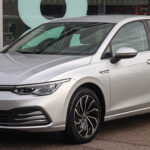 Volkswagen Golf Won’t Start: Complete Troubleshooting Guide
Volkswagen Golf Won’t Start: Complete Troubleshooting GuideKia Sportage 2008–2011
Frequent issues include failing O₂ sensors, throttle body deposits, and ignition coil faults. A common symptom is hesitation during acceleration and erratic idling.
Kia Sportage 2012–2016
These models often exhibit Check Engine warnings from fuel vapor leaks (EVAP system errors) or failing catalytic converters. Poor-quality fuel can accelerate sensor degradation.
Kia Sportage 2017–2021
Common triggers include turbo pressure irregularities (for turbo models), clogged EGR valves, and software-related ECU updates. Always ensure your vehicle’s ECU firmware is up to date.
Kia Sportage 2022–2025
The latest hybrid and mild-hybrid versions introduce additional complexity. Faults may relate to battery management, hybrid inverters, or regenerative braking systems. Specialized diagnostic tools are essential for accurate analysis.
Tips to Prevent the Check Engine Light from Returning
- Use high-quality fuel to reduce carbon buildup and protect sensors.
- Replace air filters every 15,000–20,000 miles to maintain correct airflow.
- Inspect spark plugs and ignition coils regularly.
- Avoid overfilling fuel tanks, which can damage the EVAP system.
- Perform routine ECU scans even if no light appears—preventive diagnostics catch early issues.
When to Seek Professional Help
While some issues—like a loose gas cap—can be resolved easily, others demand specialized expertise. A certified Kia technician can:
- Access manufacturer-specific diagnostic data
- Reprogram the ECU if software faults exist
- Perform advanced tests such as smoke testing for vacuum leaks or oscilloscope diagnostics on sensors
Ignoring the Check Engine Light for too long can result in costly damage to the catalytic converter, engine internals, or electronic modules.
You may be interested in reading Kia Sportage Won’t Start: Complete Troubleshooting and Fix Guide (2025)
Kia Sportage Won’t Start: Complete Troubleshooting and Fix Guide (2025) Volkswagen Golf Won’t Start: Complete Troubleshooting Guide
Volkswagen Golf Won’t Start: Complete Troubleshooting Guide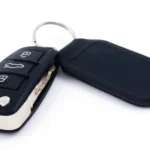 Volkswagen Key Not Detected or No Key Error: Complete Troubleshooting Guide
Volkswagen Key Not Detected or No Key Error: Complete Troubleshooting GuideConclusion
The Check Engine Light on a Kia Sportage is more than a nuisance—it's your vehicle’s way of protecting itself from deeper mechanical or electronic failures. Through accurate scanning, prompt repairs, and regular maintenance, you can keep your Sportage running efficiently and prevent recurring warning lights.
If you want to know other articles similar to Kia Sportage Check Engine Light: Complete Diagnosis and Fix Guide you can visit the category Common Problems.
Deja una respuesta



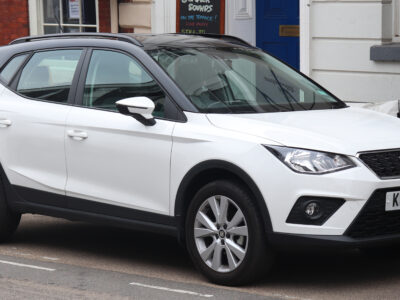
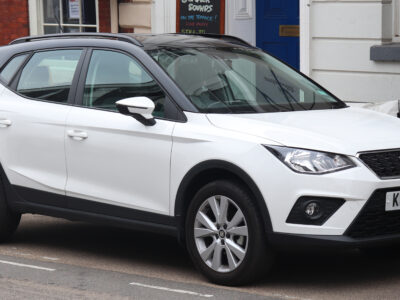
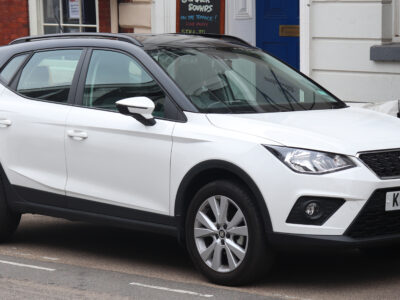
More content of your interest